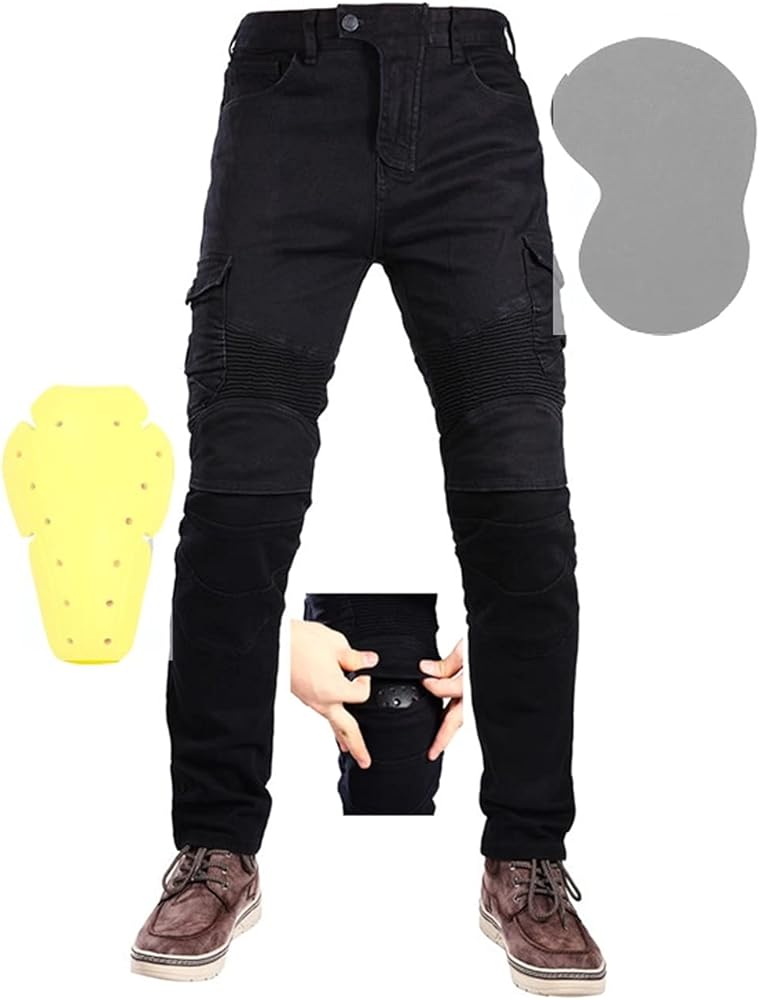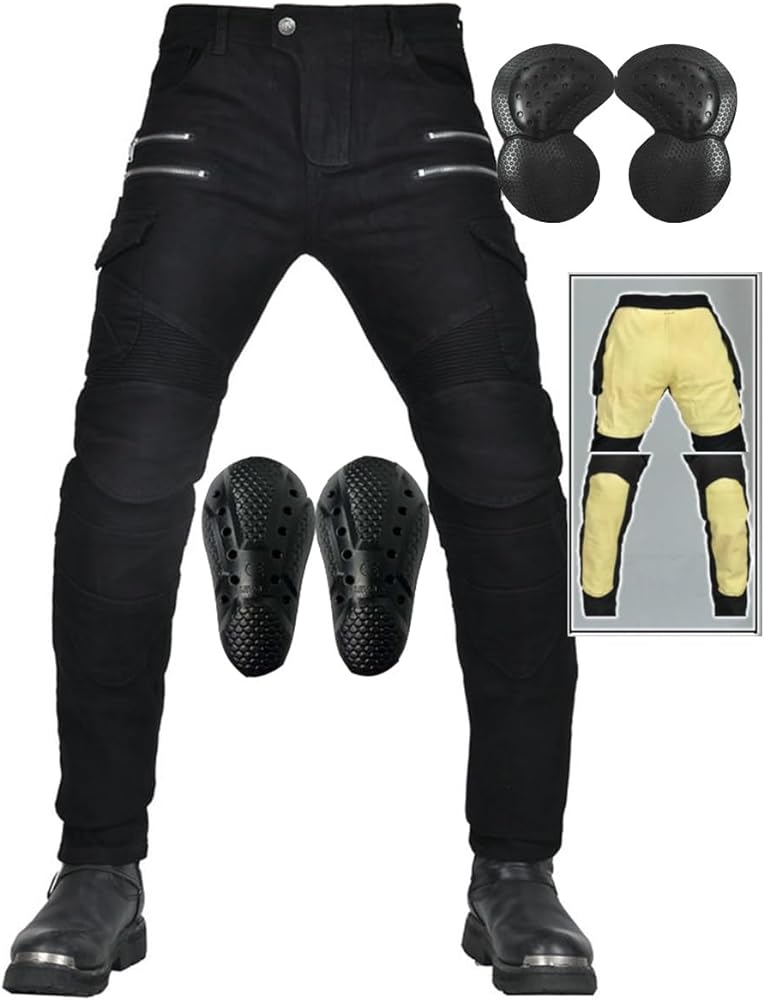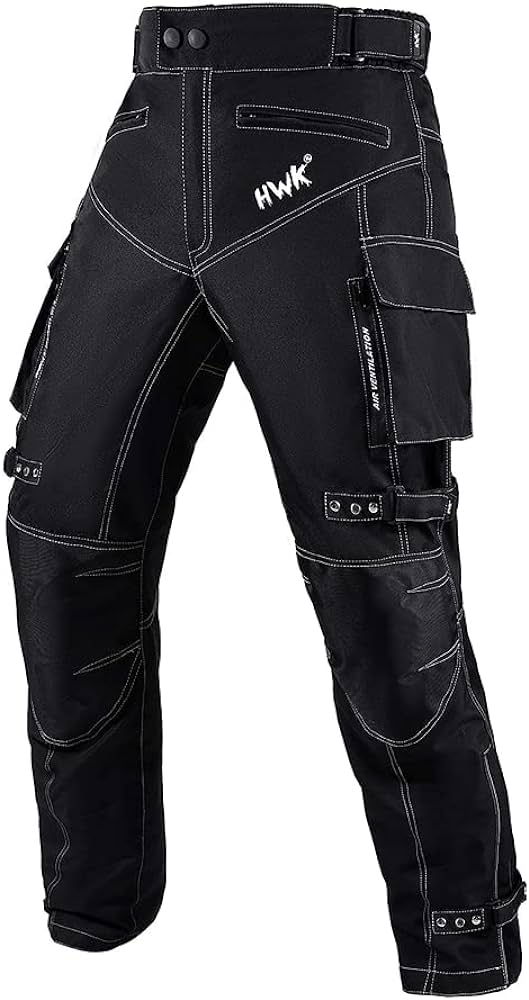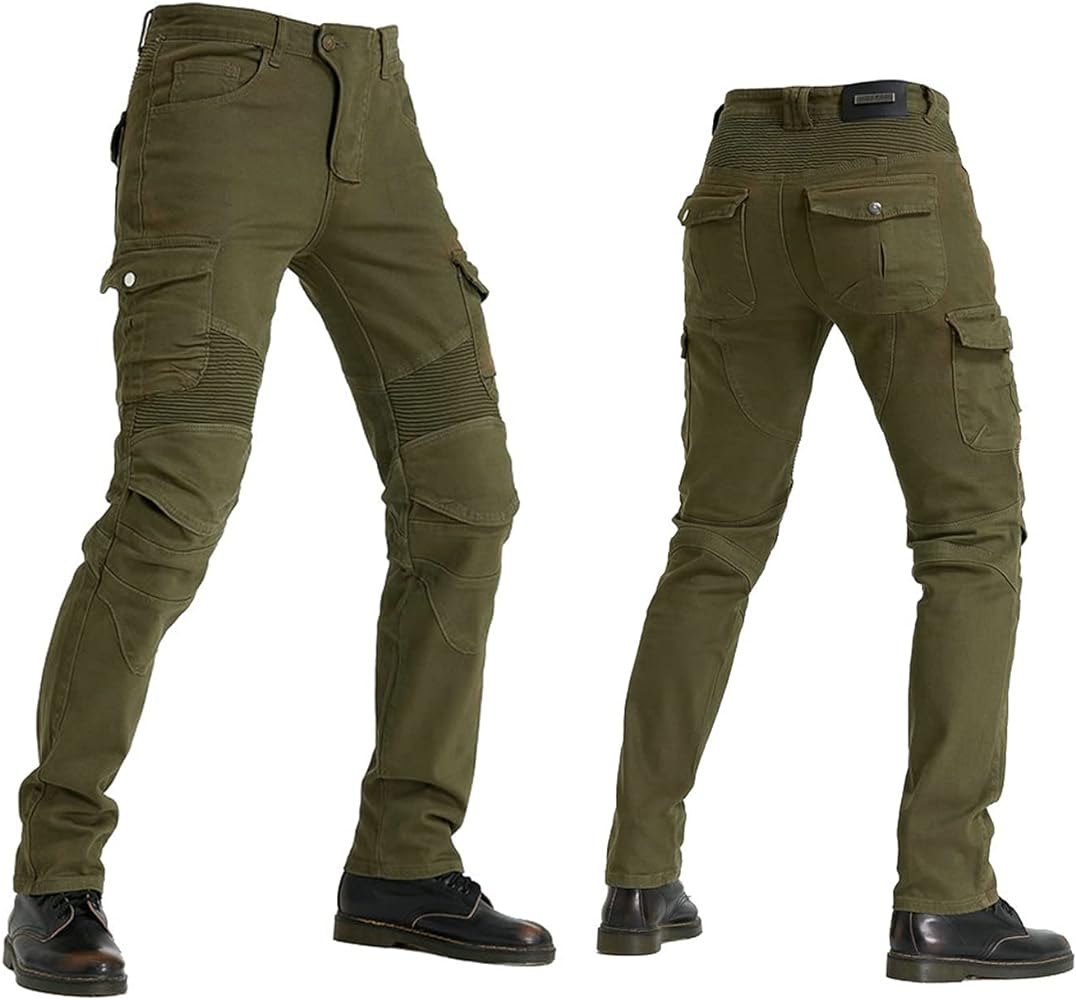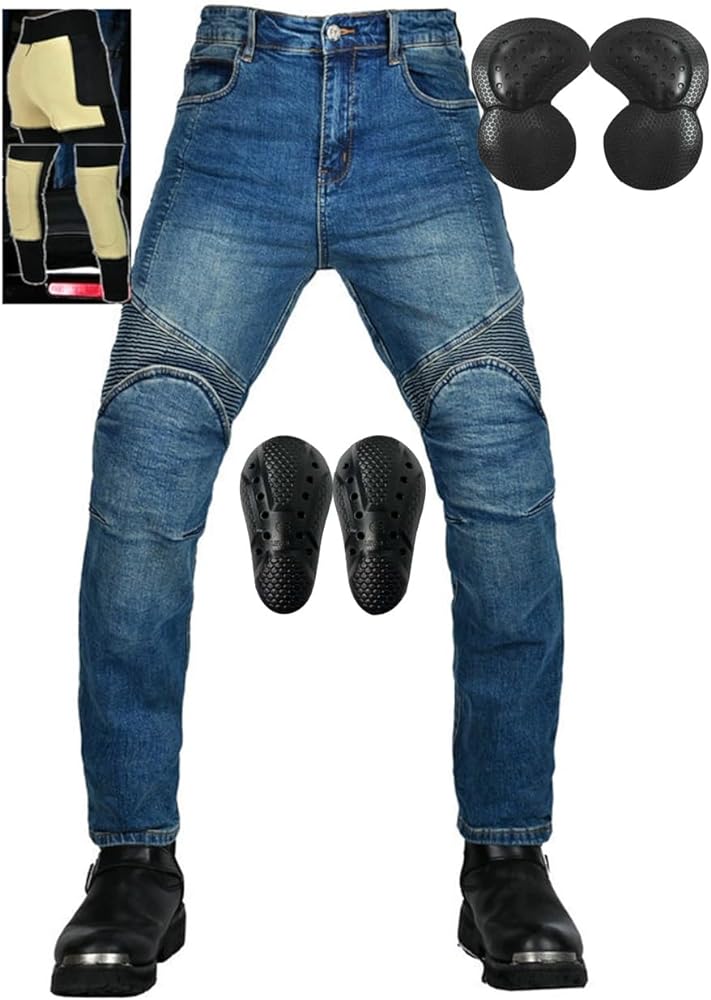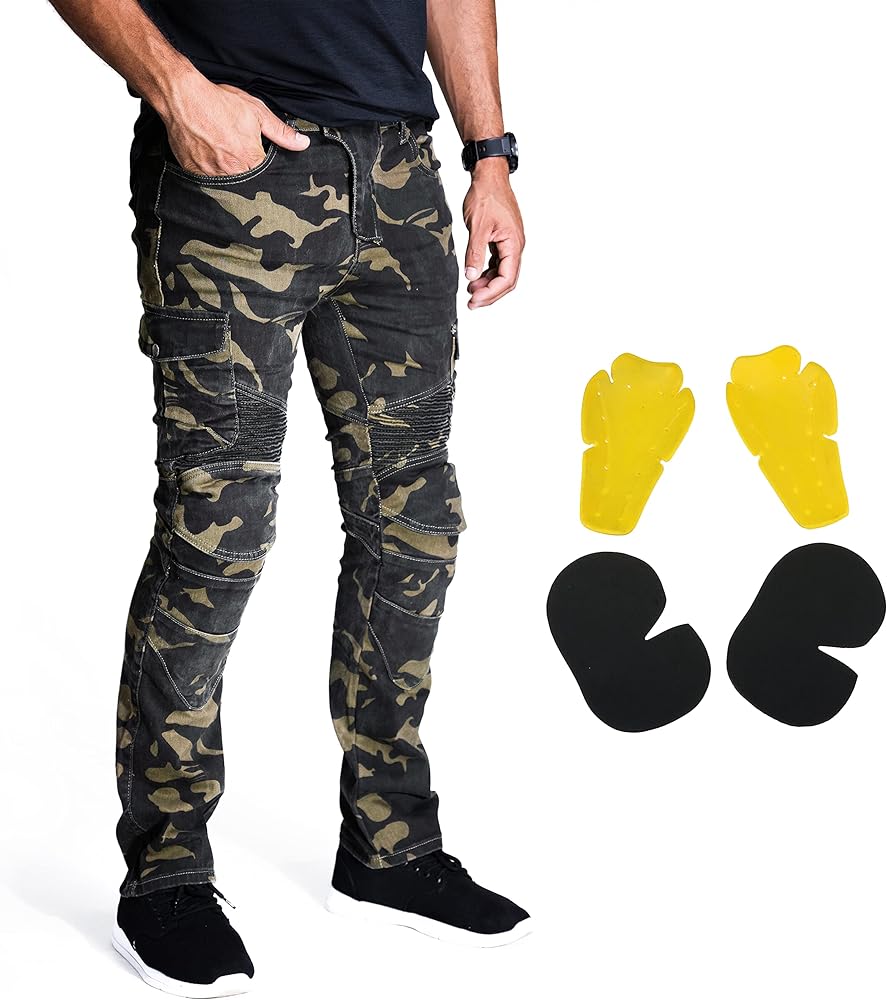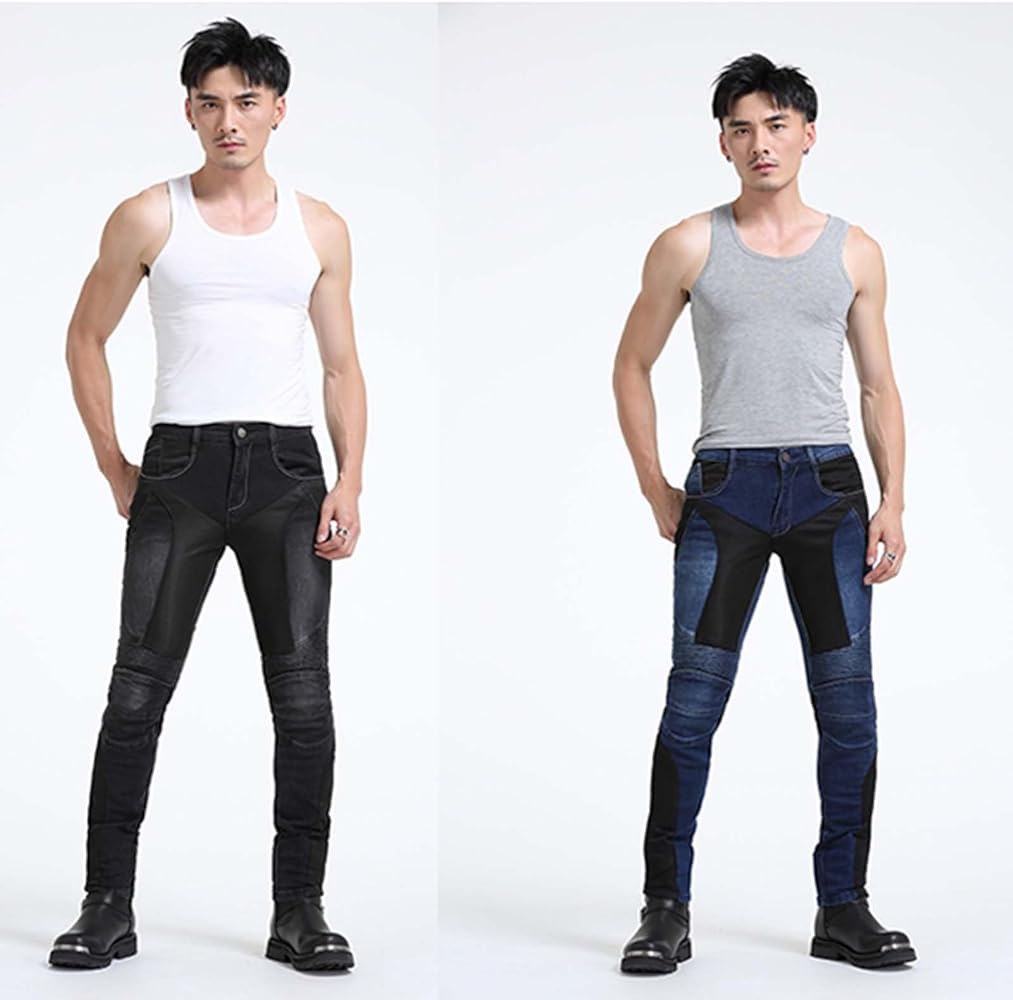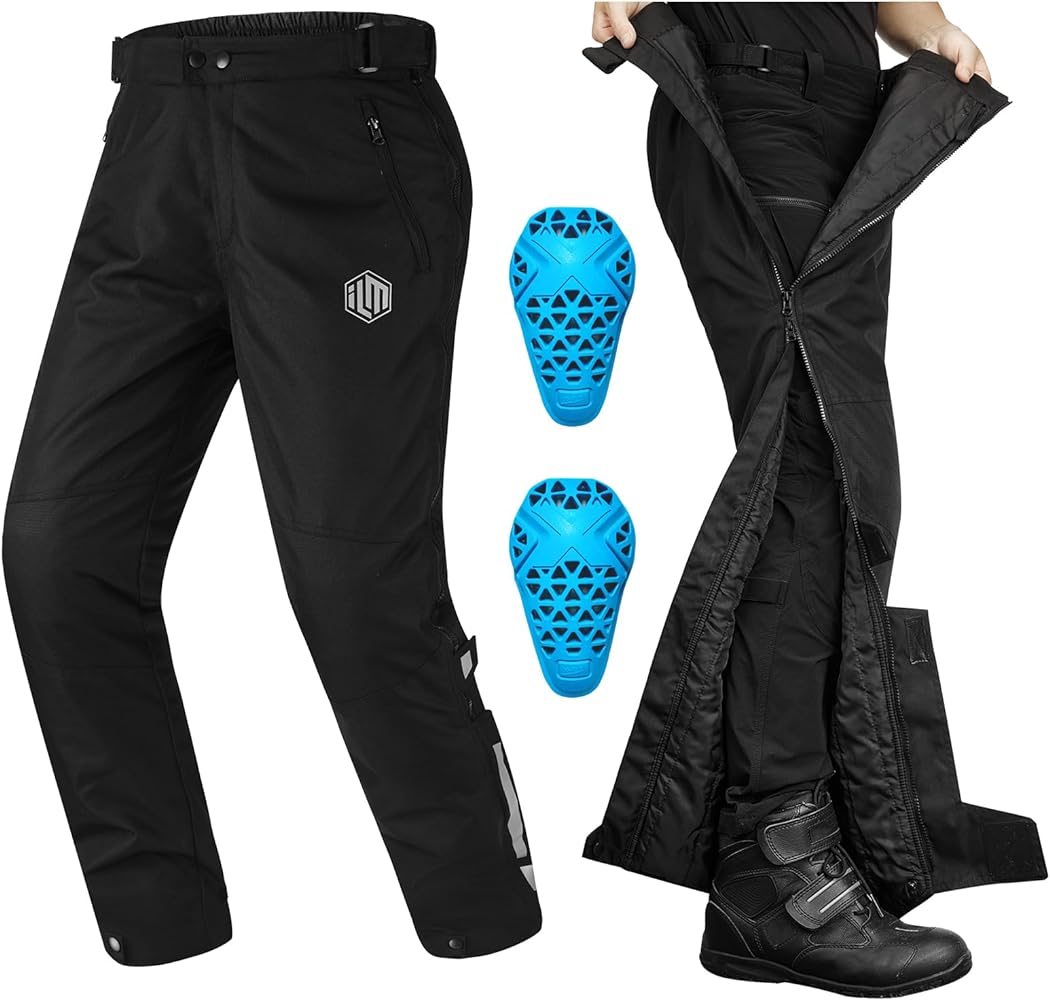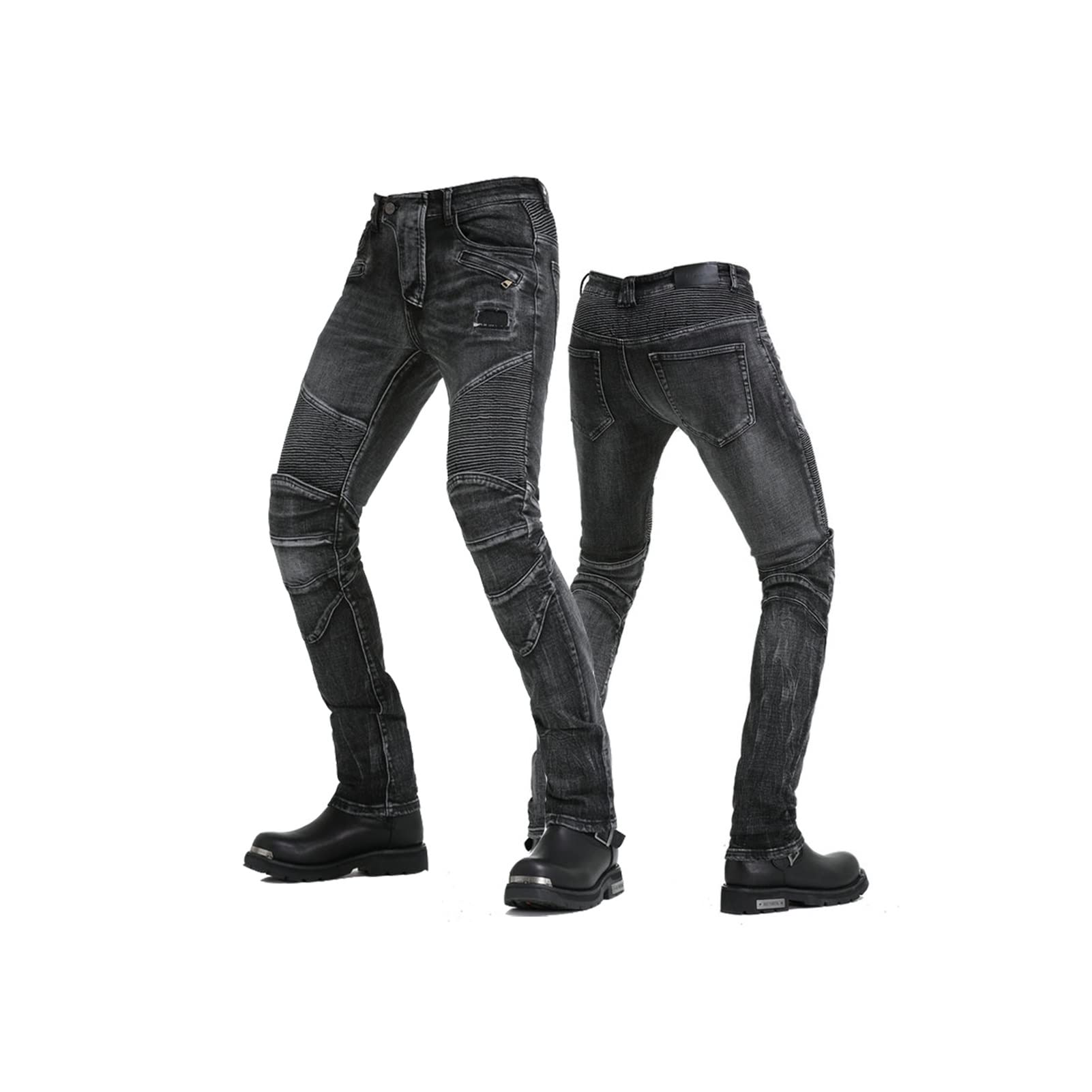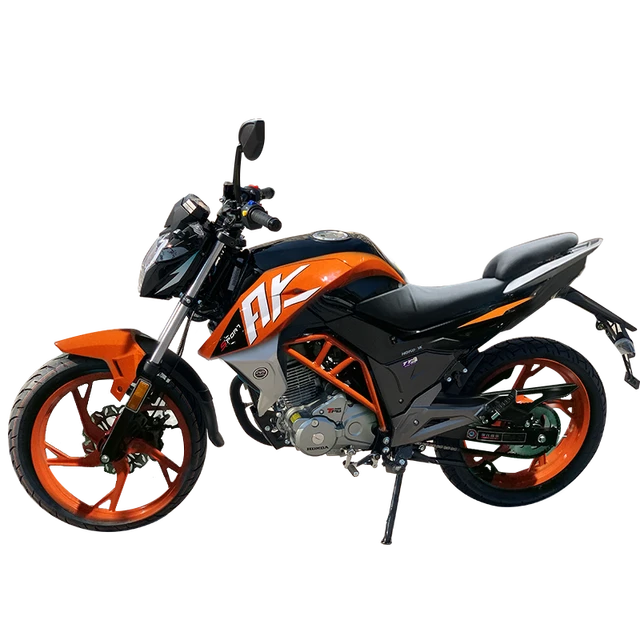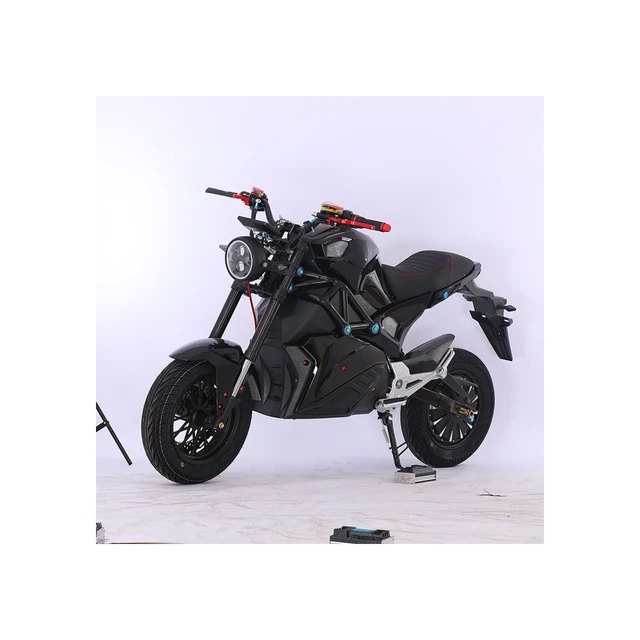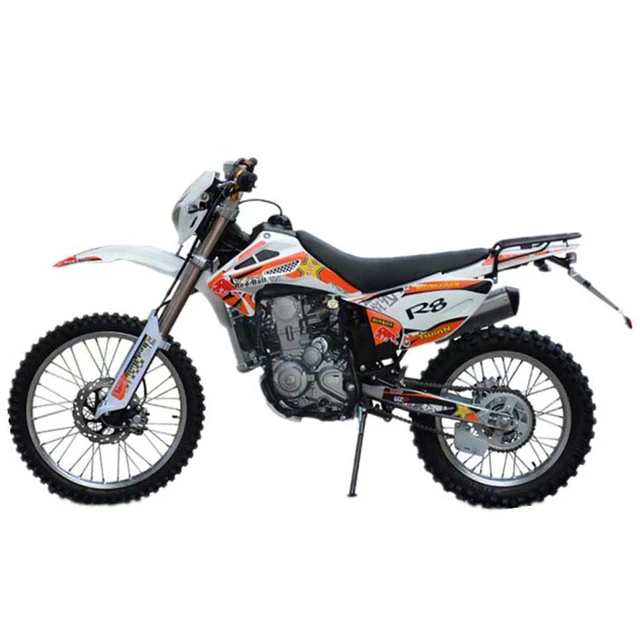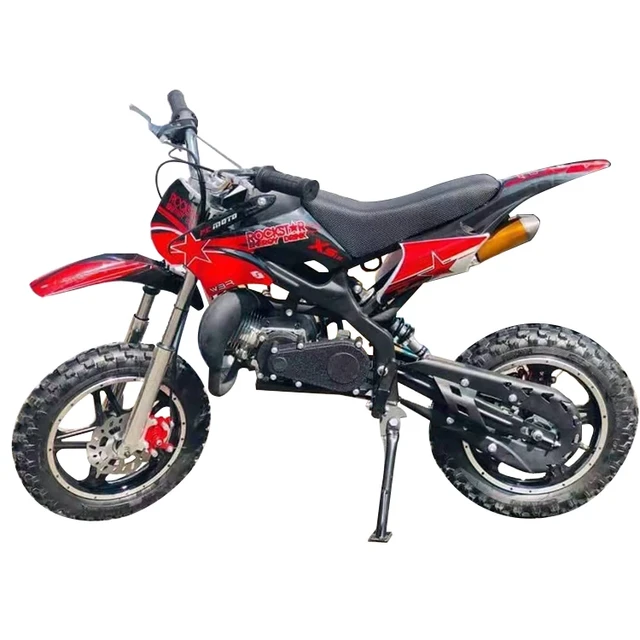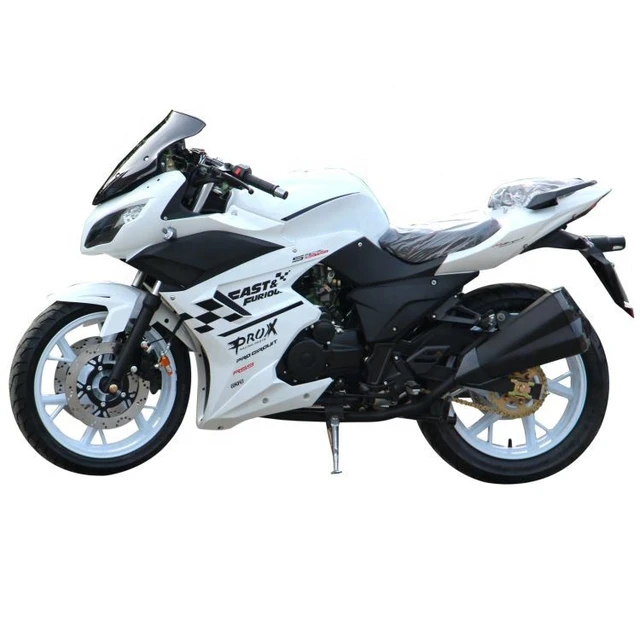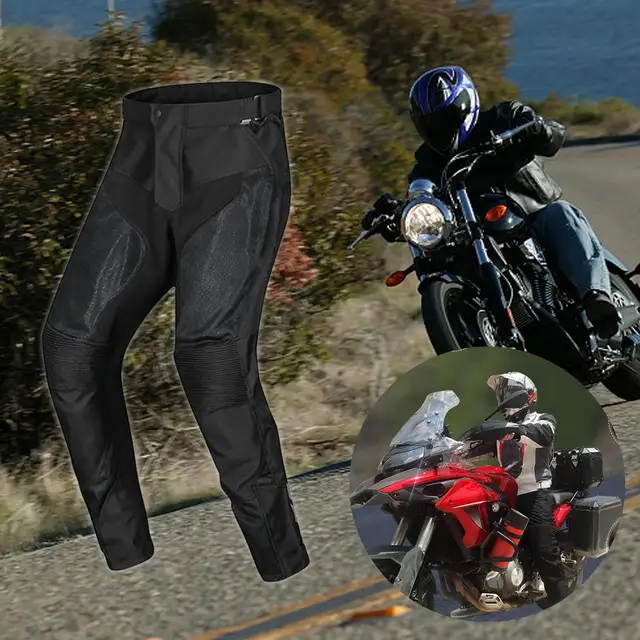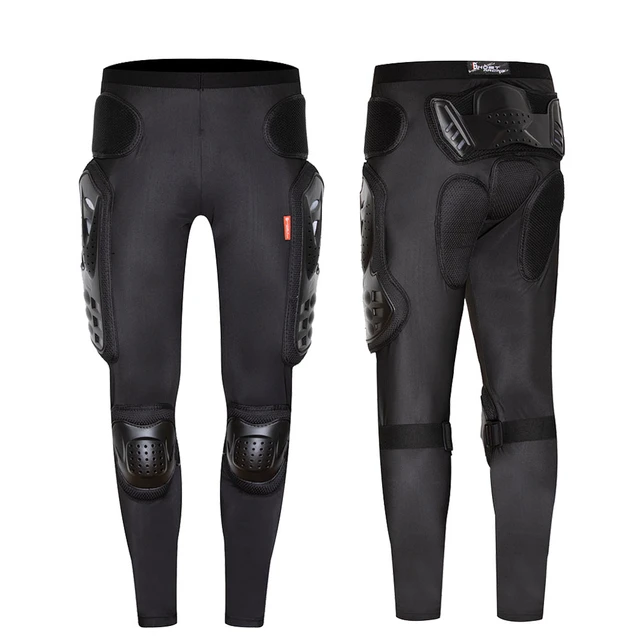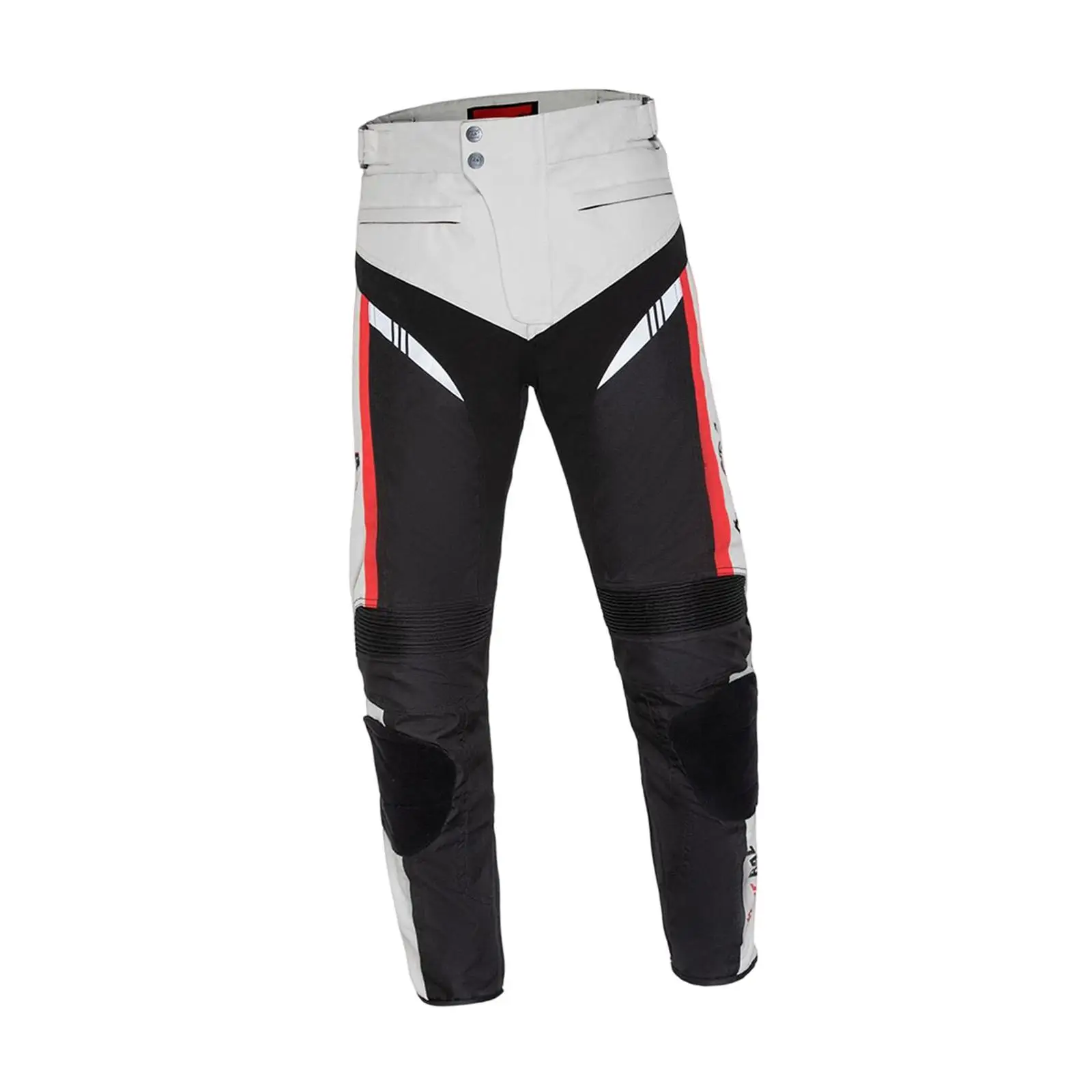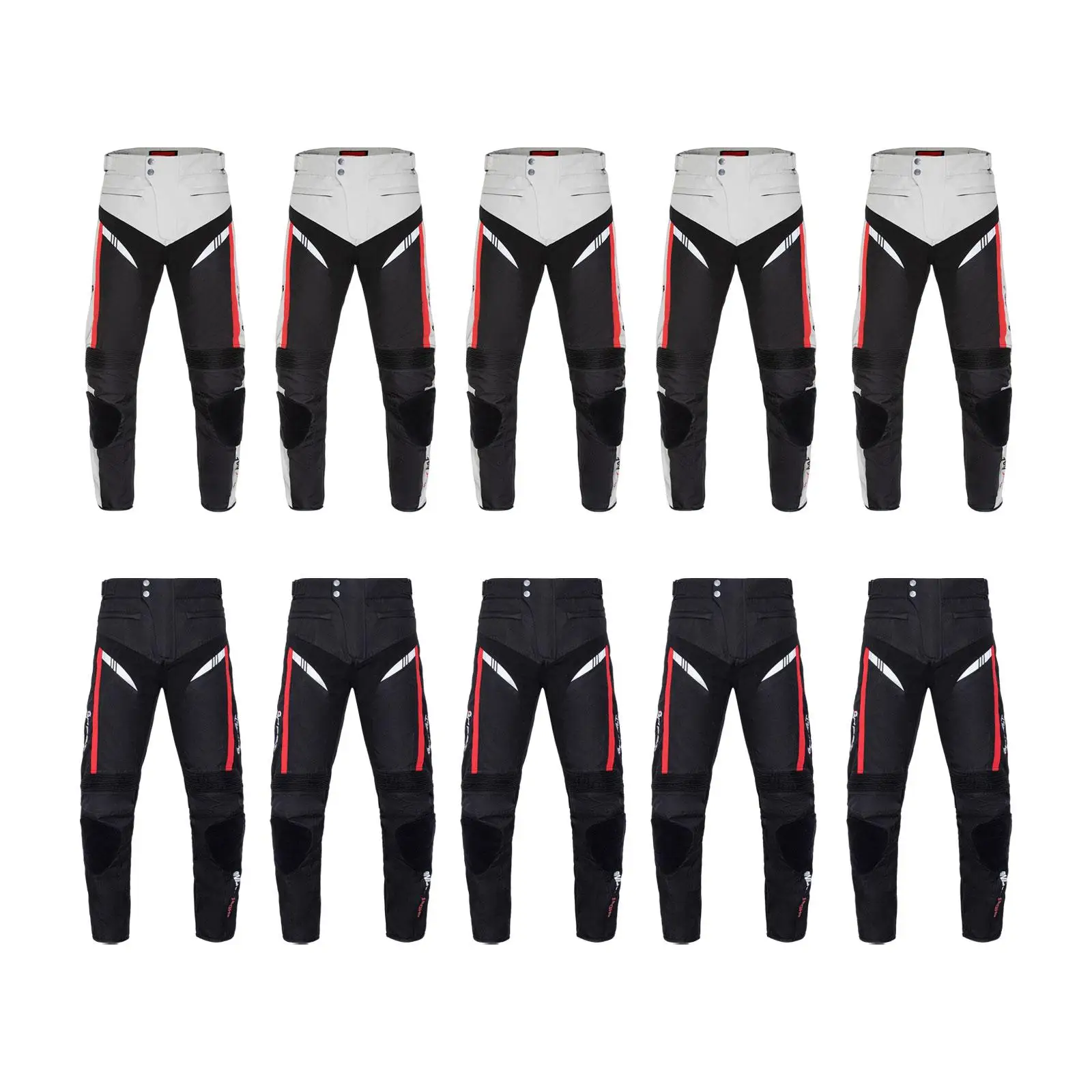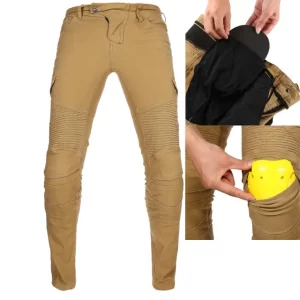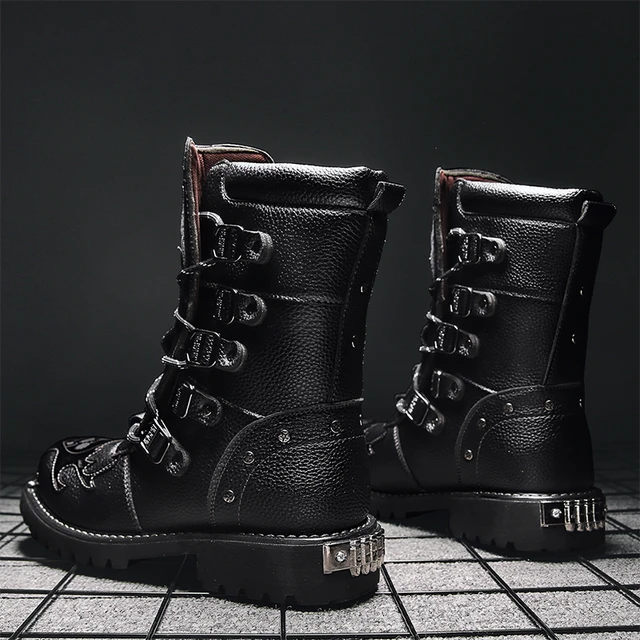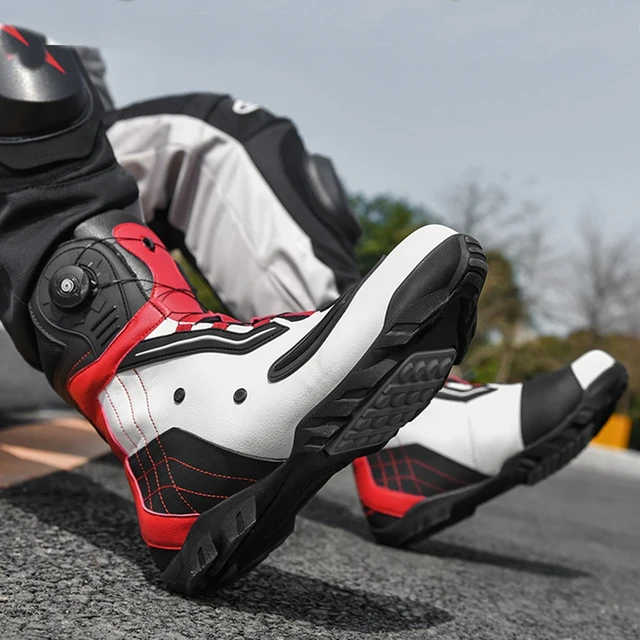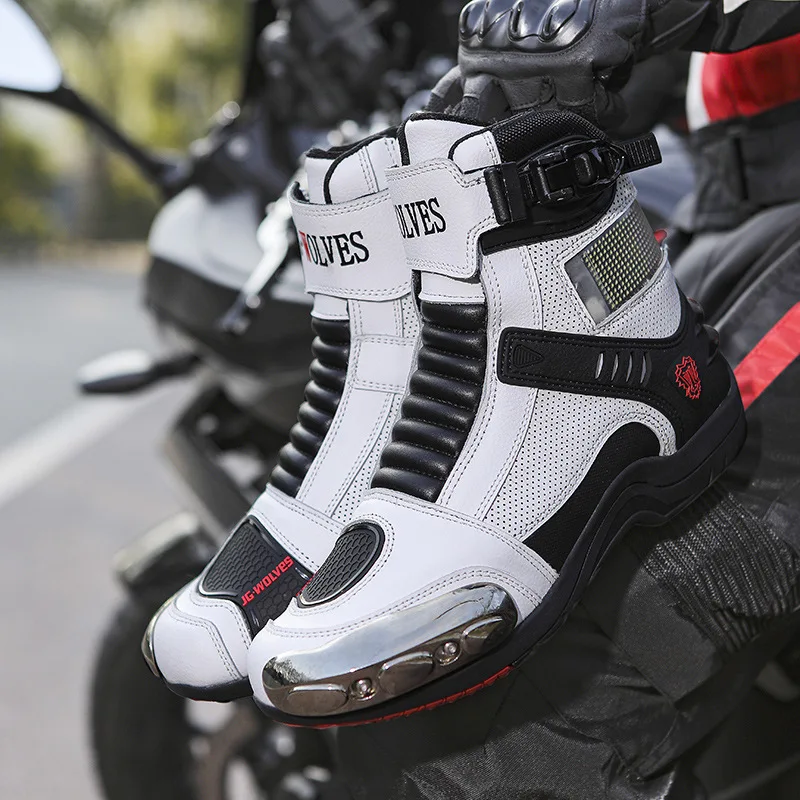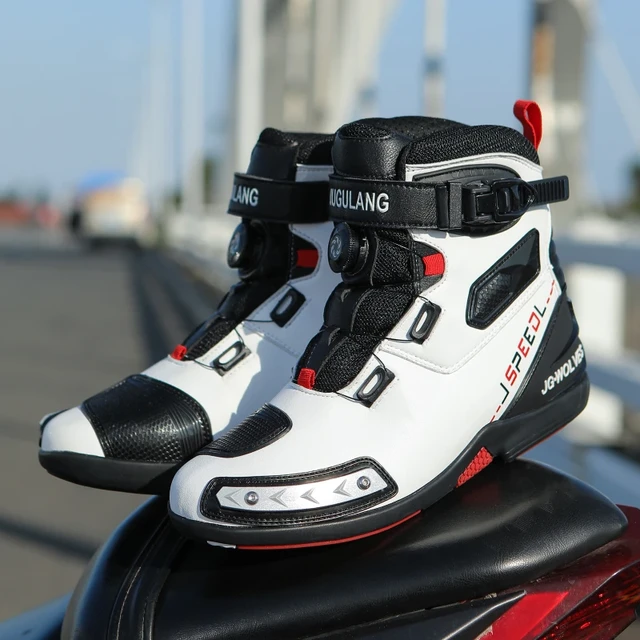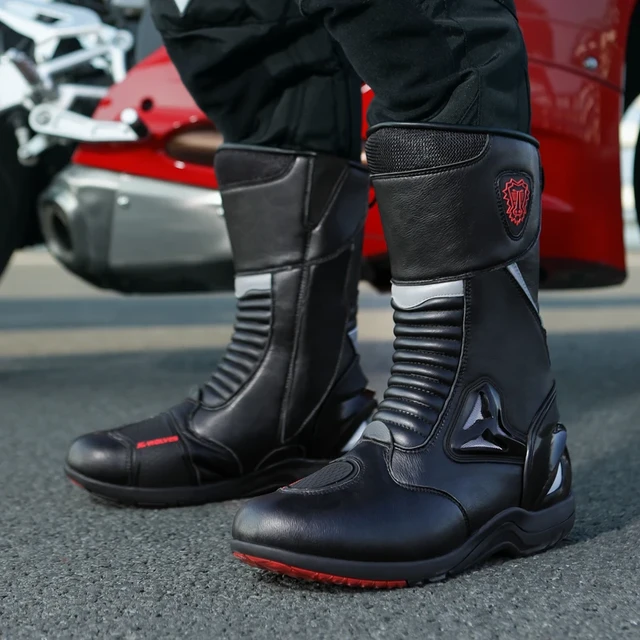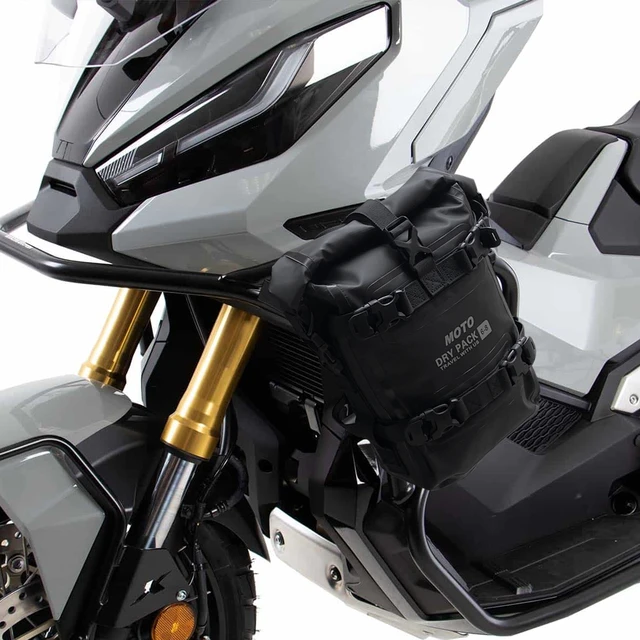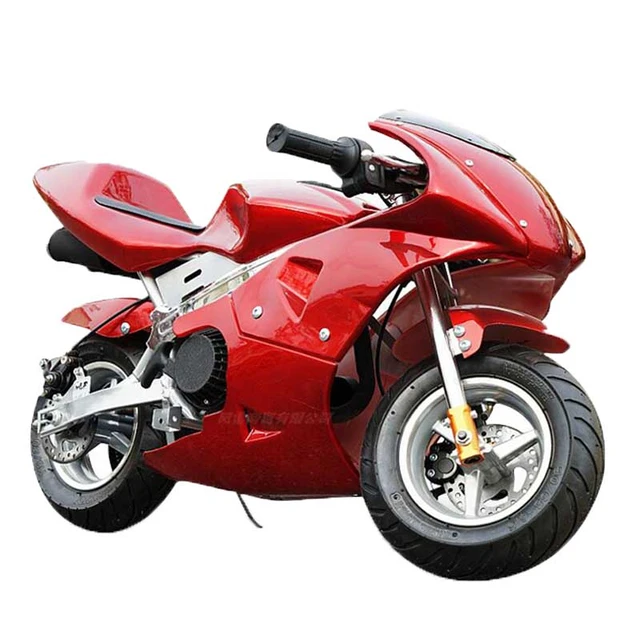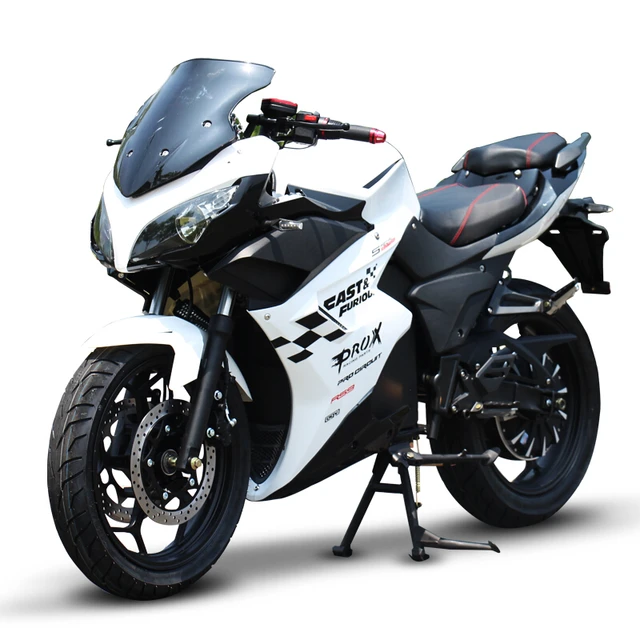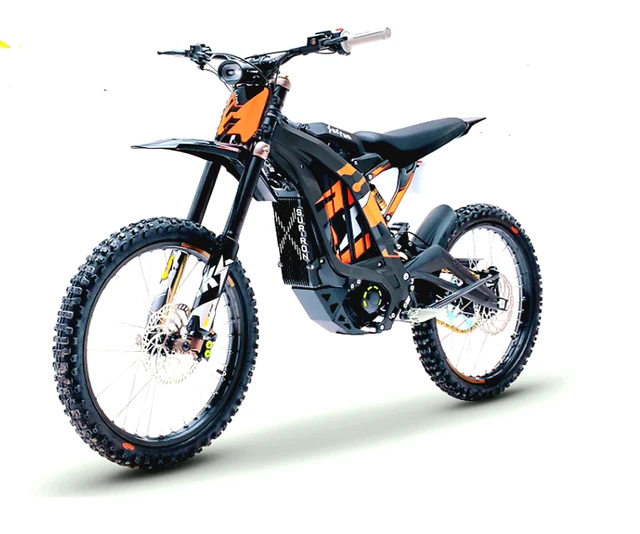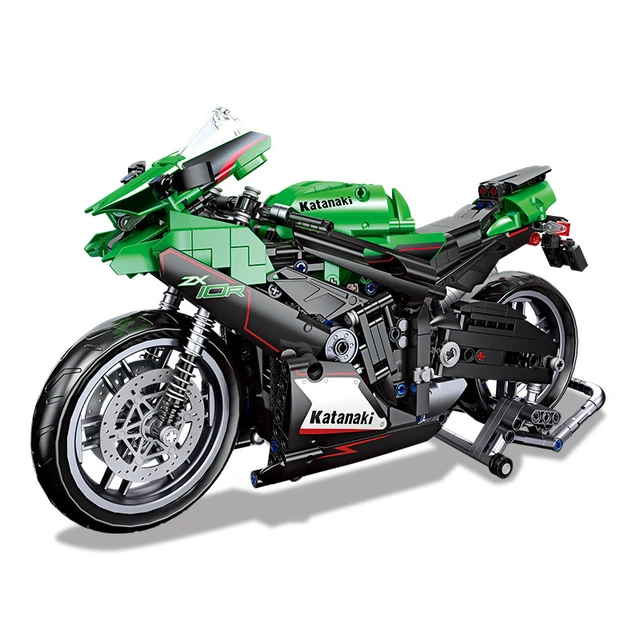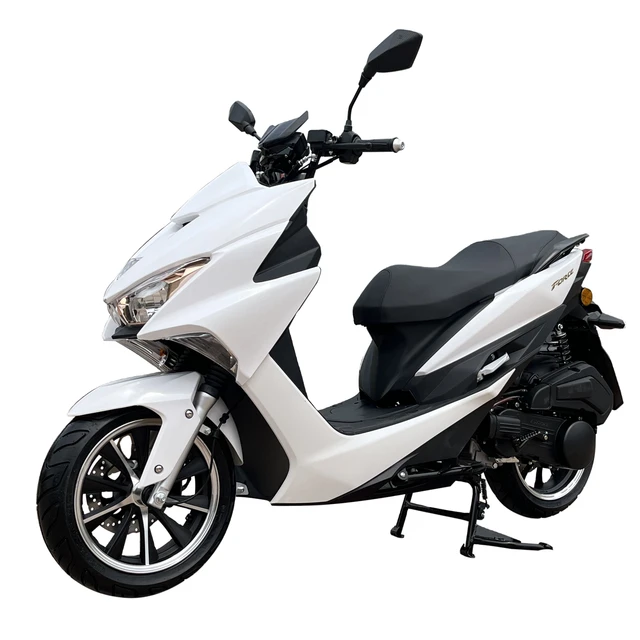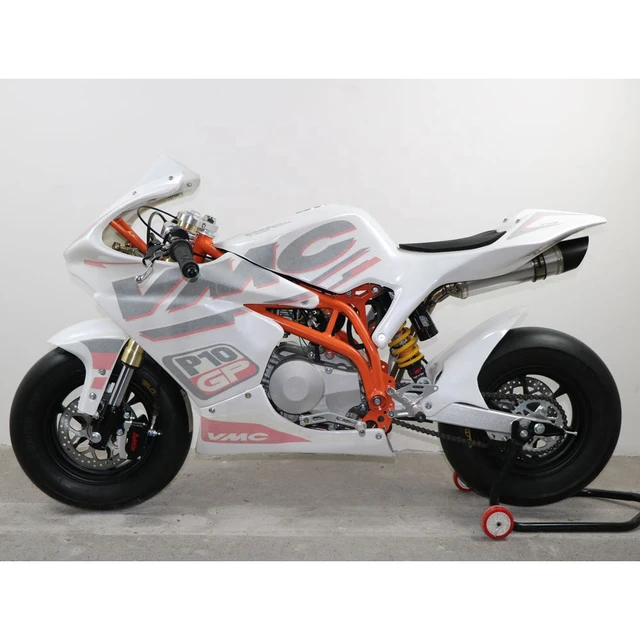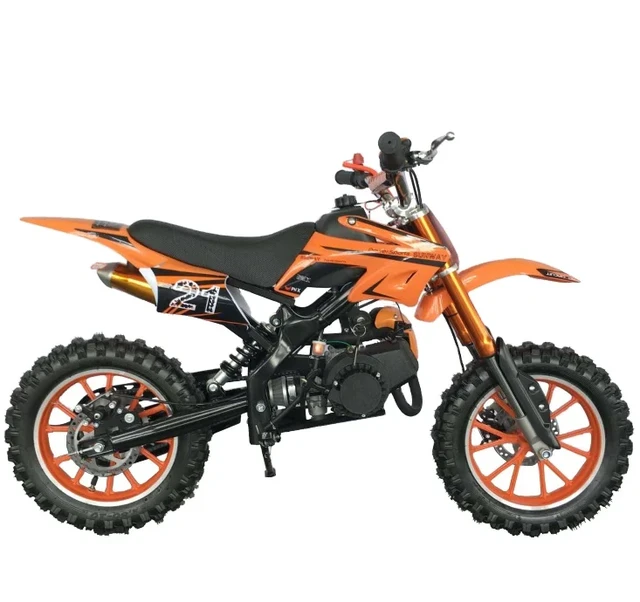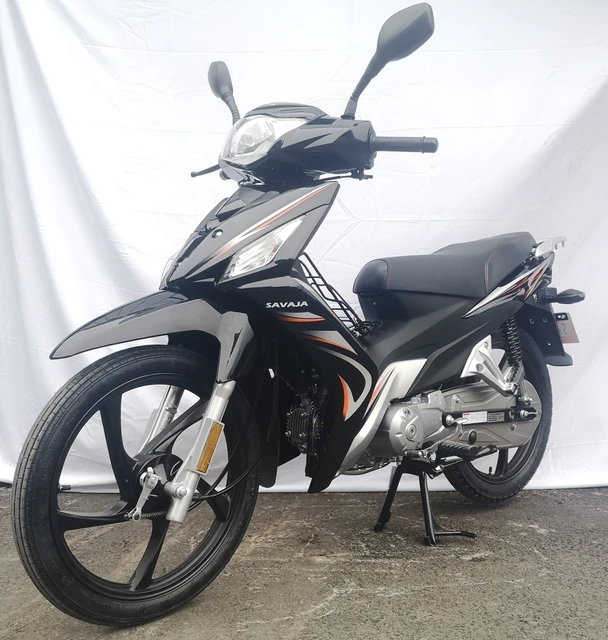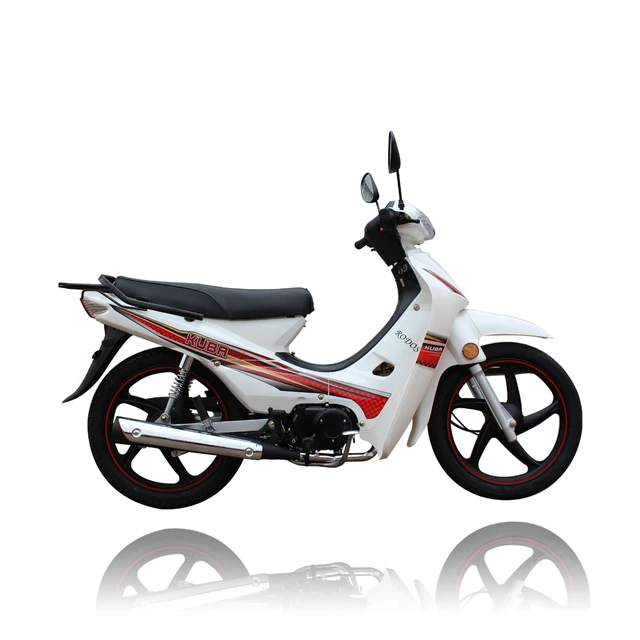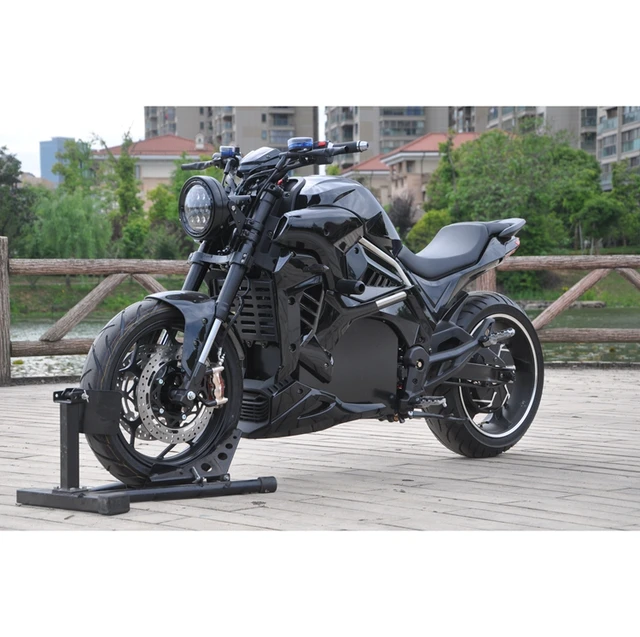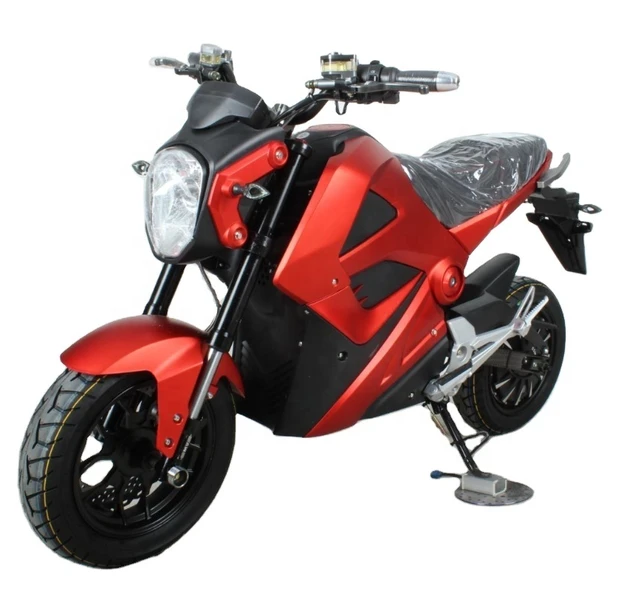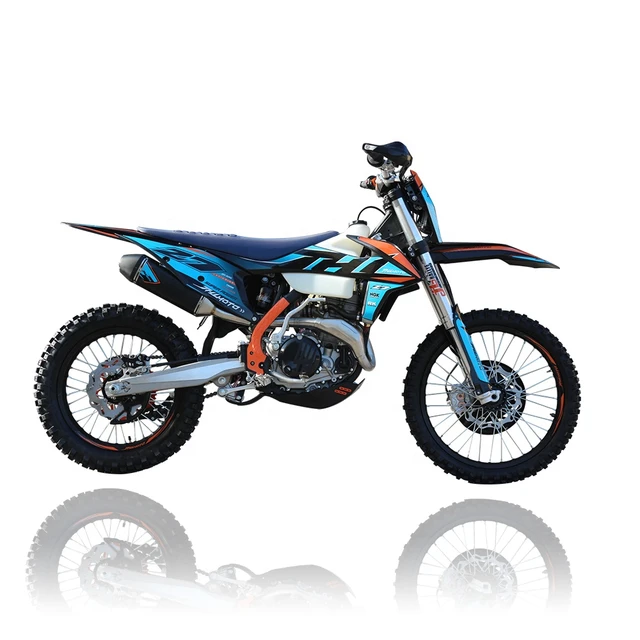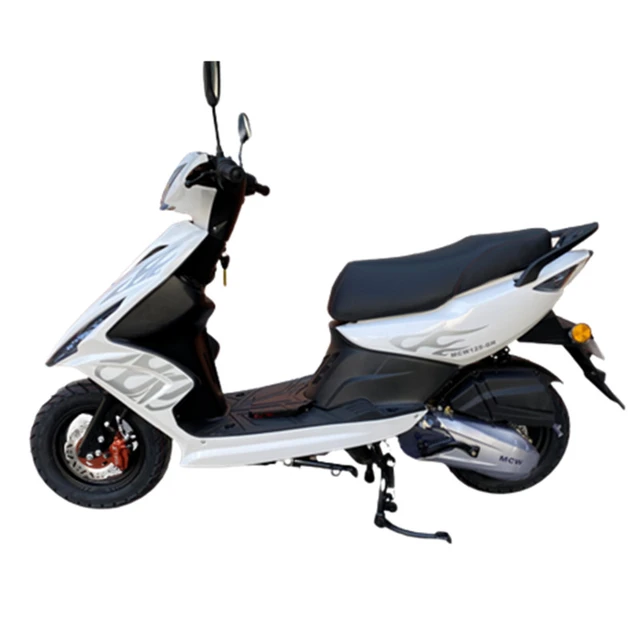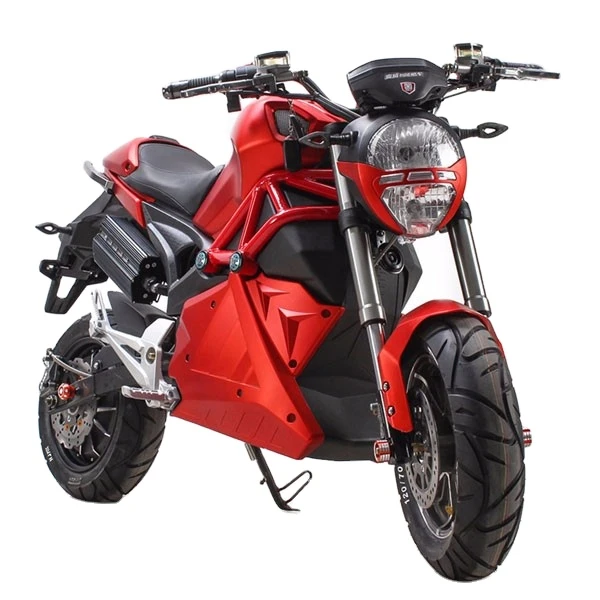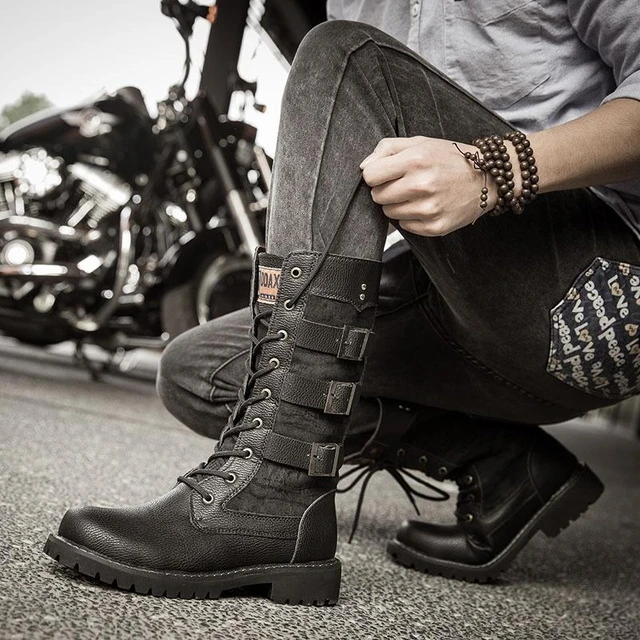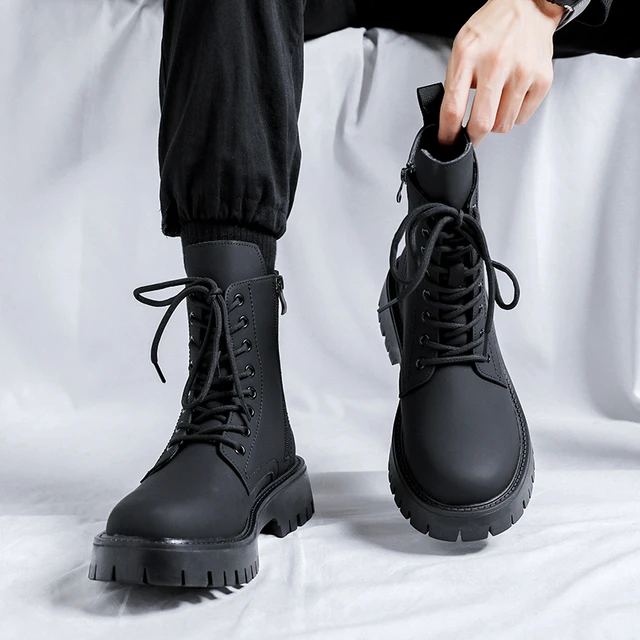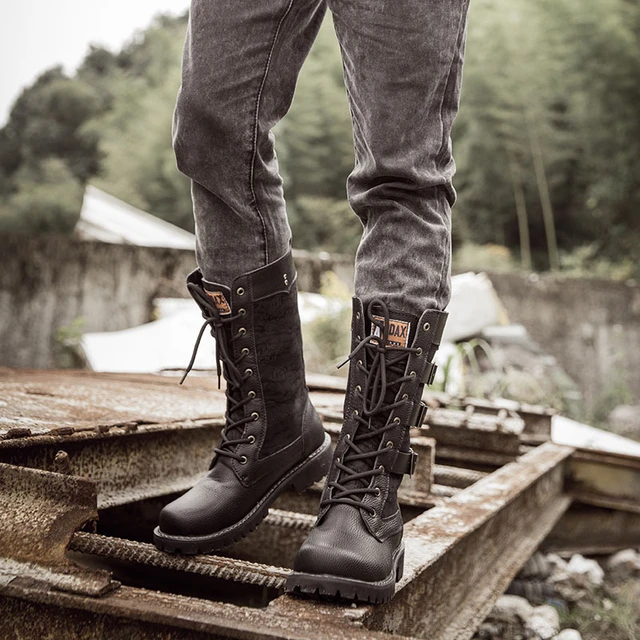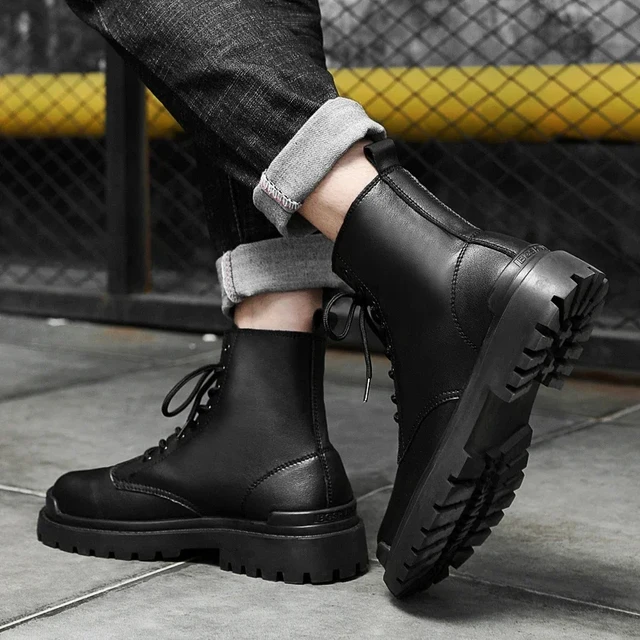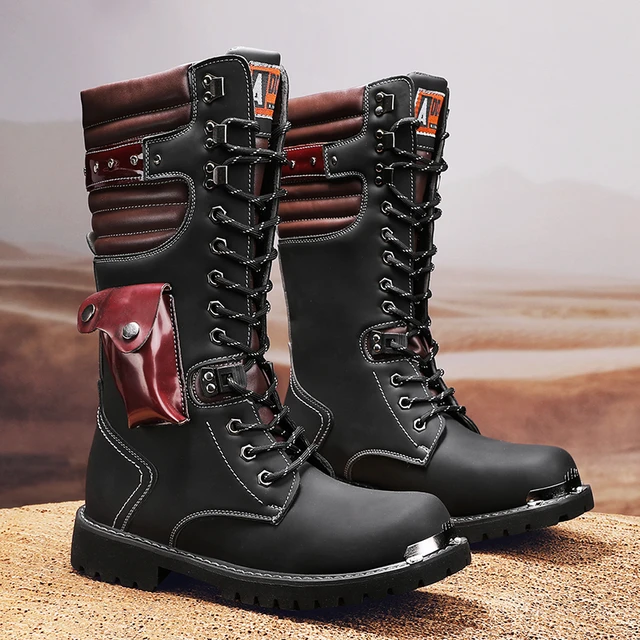Introduction
Riding a motorcycle in the rain can be a challenging experience, both for the rider and the bike itself. While motorcycles are designed to withstand various weather conditions, it is essential to acknowledge the potential risks and take appropriate measures to protect your bike. In this guide, we will explore the impact of rain on motorcycles, highlighting the importance of protection, maintenance, and riding precautions to ensure the longevity and performance of your beloved two-wheeler.
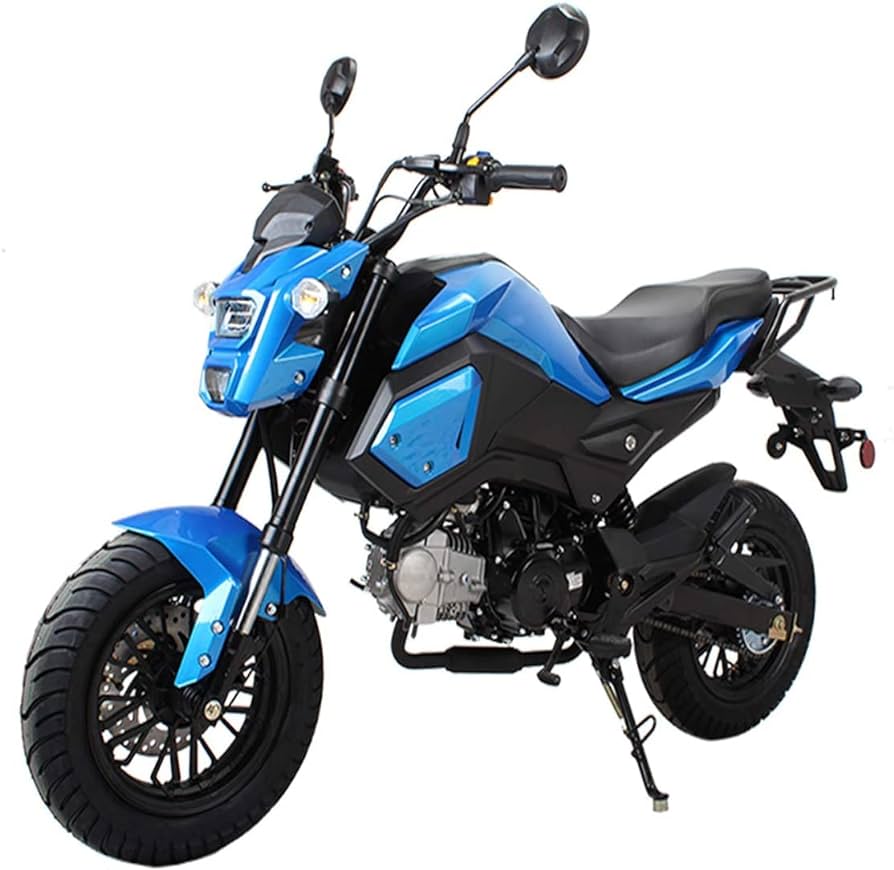
Will my motorcycle get damaged in the rain?
I. The Effects of Rain on Motorcycles
-
Water Damage:
- Exposure to rainwater can potentially cause damage to various components of your motorcycle. Water can seep into electrical connections, leading to corrosion and malfunctioning of vital systems. It can also affect the engine, air filter, and other exposed parts if not adequately protected.
-
Corrosion:
- Rainwater, especially when mixed with road grime or salt, can accelerate corrosion on metal components, including the frame, exhaust pipes, and fasteners. This corrosion can compromise the structural integrity and aesthetic appeal of your motorcycle if not addressed promptly.
-
Reduced Traction:
- Wet roads can significantly affect traction, making it more challenging to navigate turns, accelerate, and brake safely. Be cautious of slippery surfaces, as reduced traction increases the risk of accidents.
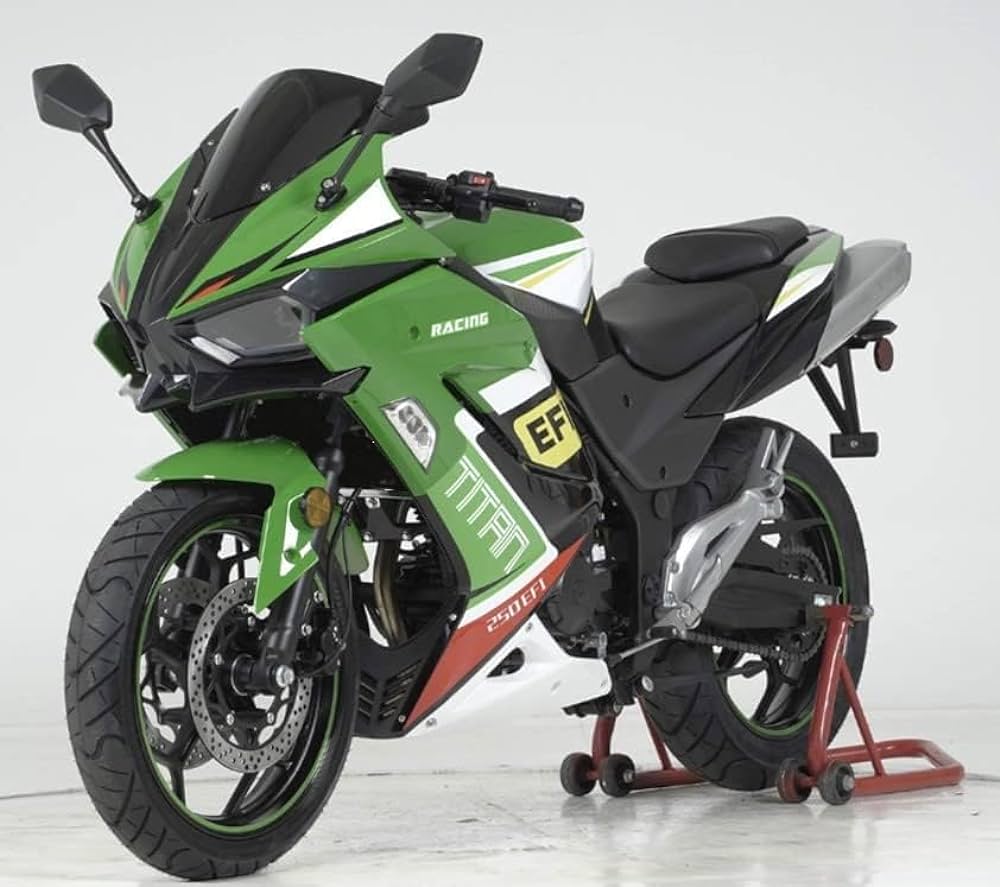
II. Protection Measures for Rainy Conditions
-
Motorcycle Covers:
- One effective way to protect your motorcycle from rain is by using a waterproof cover. Invest in a high-quality cover specifically designed for motorcycles, ensuring it fits snugly over your bike. This will prevent rainwater from directly contacting the exposed components and minimize the risk of water damage.
-
Sheltered Parking:
- Whenever possible, park your motorcycle in a sheltered area, such as a garage or carport, to provide additional protection from rain. If indoor parking is not available, consider using a waterproof canopy or seeking covered parking spaces.
-
Rain Guards and Fenders:
- Some motorcycles come equipped with rain guards and fenders that deflect water away from critical components. If your bike does not have these features, consider installing aftermarket options to help prevent excess water splashing onto sensitive areas.
III. Essential Maintenance Practices
-
Drying and Cleaning:
- After riding in the rain, take the time to thoroughly dry your motorcycle using a clean, soft cloth. Pay specific attention to areas prone to water accumulation, such as crevices, joints, and hard-to-reach spots. This will help prevent water from sitting on surfaces and causing corrosion.
-
Corrosion Prevention:
- Apply a suitable corrosion inhibitor or protective spray to exposed metal components, such as the frame, exhaust, and fasteners. This will help inhibit rust and protect against the corrosive effects of water and road grime.
-
Lubrication:
- Riding in wet conditions can wash away lubrication from essential parts, potentially causing increased wear and tear. Regularly inspect and lubricate the chain, cables, and other moving parts with appropriate lubricants to ensure smooth operation and prevent rust.
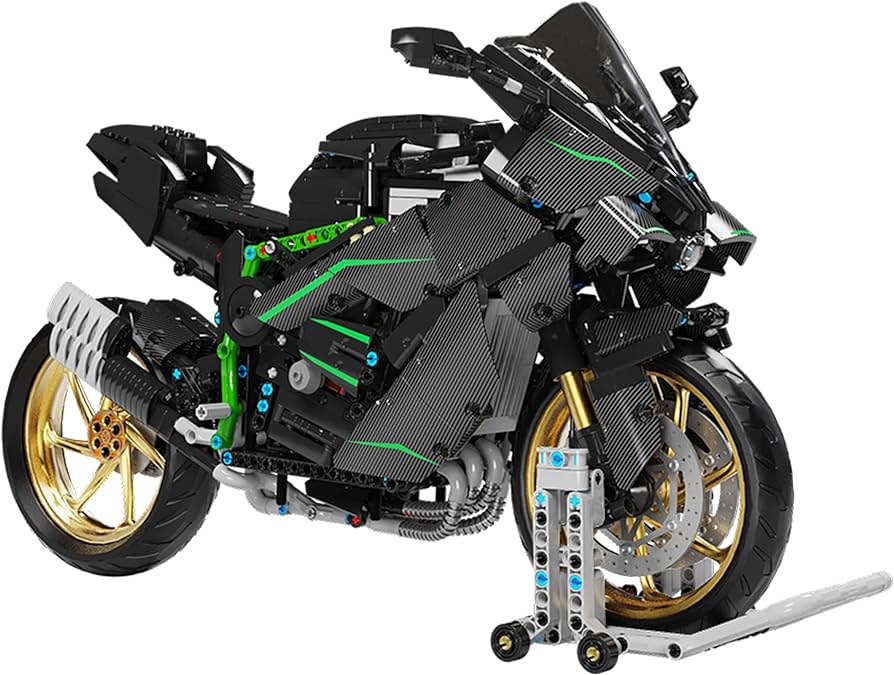
IV. Riding Precautions in the Rain
-
Adjust Riding Style:
- When riding in the rain, adjust your riding style to account for reduced traction and potentially hazardous road conditions. Reduce speed, increase following distances, and approach corners and turns with caution. Smooth and gradual inputs on the throttle, brakes, and steering will help maintain control.
-
Brake Carefully:
- Apply gentle and progressive pressure on the brakes rather than sudden, harsh braking. This will help avoid skidding or loss of control due to decreased traction. Familiarize yourself with your motorcycle’s braking system and practice modulation techniques to enhance safety.
-
Tires and Tire Pressure:
- Ensure that your motorcycle’s tires are in good condition with suitable tread depth for wet conditions. Additionally, maintain recommended tire pressure for optimal grip and stability on wet roads.
-
Protective Gear:
- Invest in high-quality waterproof riding gear, including a rain jacket, pants, and waterproof gloves. This will help keep you dry and comfortable during wet rides while providing an extra layer of protection.
V. Storage and Long-Term Protection
-
Proper Storage:
- If you anticipate prolonged exposure to rain, consider storing your motorcycle indoors or in a covered location. This will minimize the risk of water damage and corrosion. Ensure that the storage area is well-ventilated to prevent moisture buildup.
-
Regular Inspection:
- Regularly inspect your motorcycle for signs of water damage, corrosion, or any other issues that may have resulted from riding in the rain. Promptly address any concerns to prevent long-term damage and maintain your bike’s performance and value.
-
Scheduled Maintenance:
- Follow the manufacturer’s recommended maintenance intervals to ensure your motorcycle receives the necessary care. Regular servicing, including oil changes, fluid checks, and filter replacements, will help identify and address any potential issues caused by rain exposure.

VII. The Role of Proper Tires in Wet Conditions
-
Tire Tread:
- Having proper tread depth is essential for optimal traction in wet conditions. Tires with worn-out treads are more prone to hydroplaning, where water cannot be dispersed quickly, leading to a loss of traction. Regularly inspect and replace tires as needed to ensure maximum safety on wet roads.
-
Tire Pressure:
- Adequate tire pressure is crucial for maintaining proper grip on wet surfaces. Underinflated tires can reduce traction and control, while overinflated tires can result in a smaller contact patch with the road. Follow the manufacturer’s recommendations and regularly check and adjust tire pressure to maintain optimal performance.
VIII. Avoiding Puddles and Standing Water
-
Puddles:
- It is best to avoid riding through puddles whenever possible. Deep or unseen puddles may conceal hazards, such as potholes or loose debris, which can cause loss of control. Additionally, splashing through puddles can create additional visibility challenges for both you and nearby motorists.
-
Standing Water:
- Take caution when encountering areas of standing water on the road. It is difficult to determine the depth, and riding through deep standing water can lead to loss of control and hydroplaning. If necessary, navigate around these areas by using alternative routes or safely pulling over until the water subsides.
IX. Preparing for Rainy Rides
-
Weather Forecast:
- Stay updated on weather forecasts before heading out for a ride. Being aware of the expected weather conditions allows you to plan accordingly. If significant rain is anticipated, consider rescheduling your ride or adjusting your route to avoid areas prone to flooding or challenging road conditions.
-
Plan for Extra Time:
- Riding in the rain typically requires more time and attention. Plan your rides with extra time in mind to account for potential delays caused by reduced visibility, slower speeds, and necessary precautions to ensure your safety as well as that of others on the road.

VI. Conclusion
Riding a motorcycle in the rain requires careful consideration of protection, maintenance, and riding techniques. Rainwater can cause damage to various components, promote corrosion, and reduce traction, increasing the risk of accidents. By implementing suitable protection measures, conducting proper maintenance, and adjusting your riding style to suit wet conditions, you can mitigate the potential impact of rain on your motorcycle.
Remember to invest in quality protective gear, use motorcycle covers, seek sheltered parking, and practice thorough drying and cleaning. Regular inspections, lubrication, and corrosion prevention will ensure the longevity and performance of your bike. By prioritizing proper care and adopting responsible riding practices, you can confidently enjoy the thrill of riding your motorcycle in rainy weather while minimizing the impact on your beloved two-wheeler.

